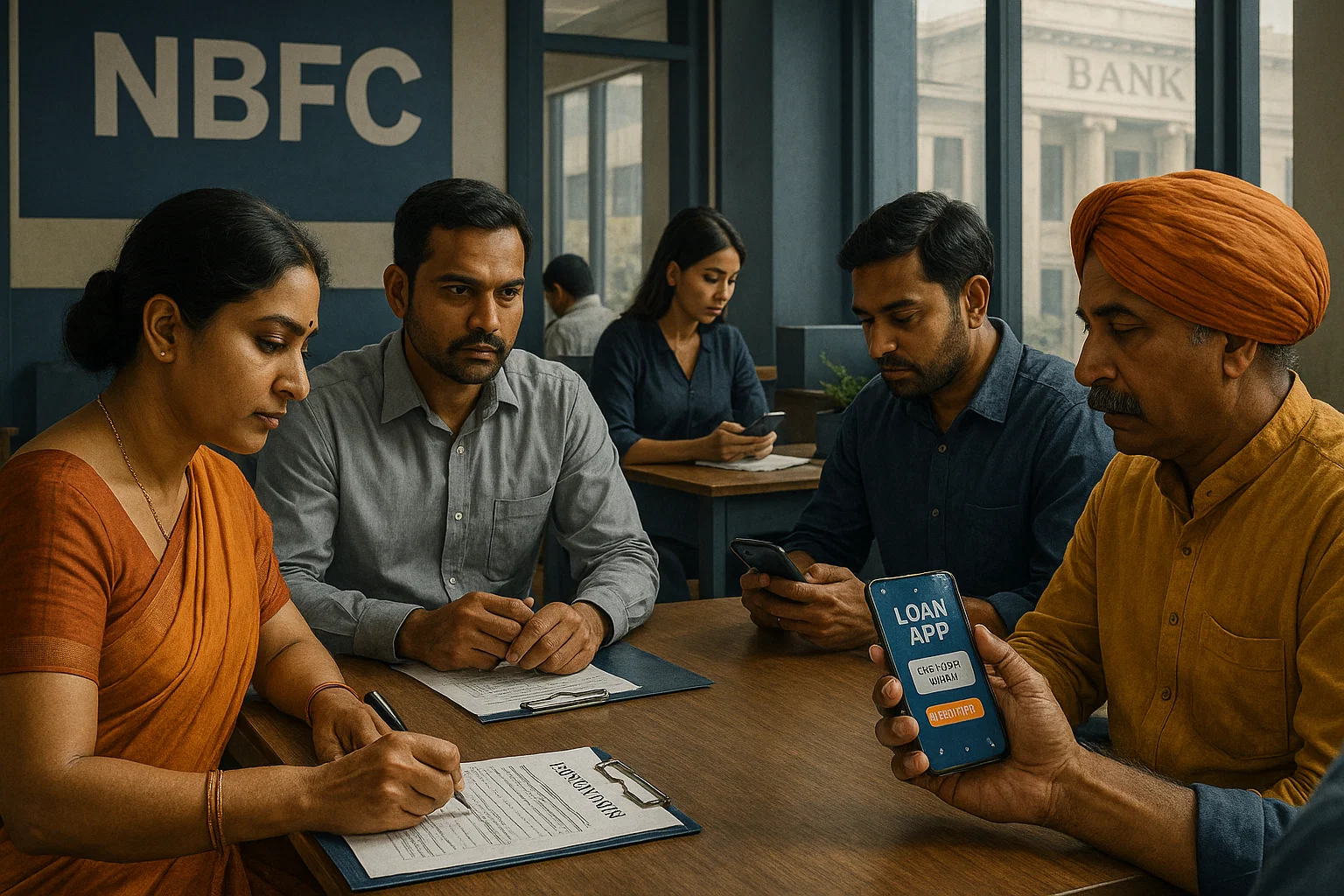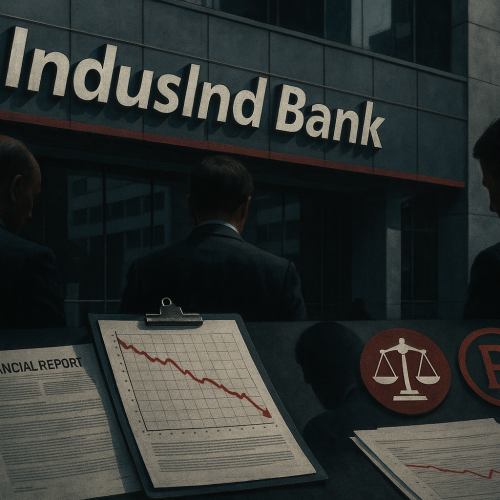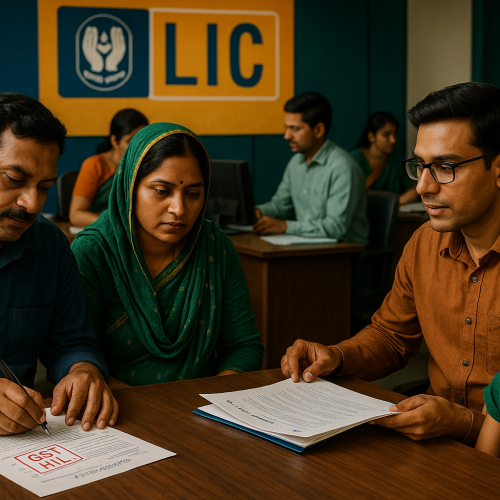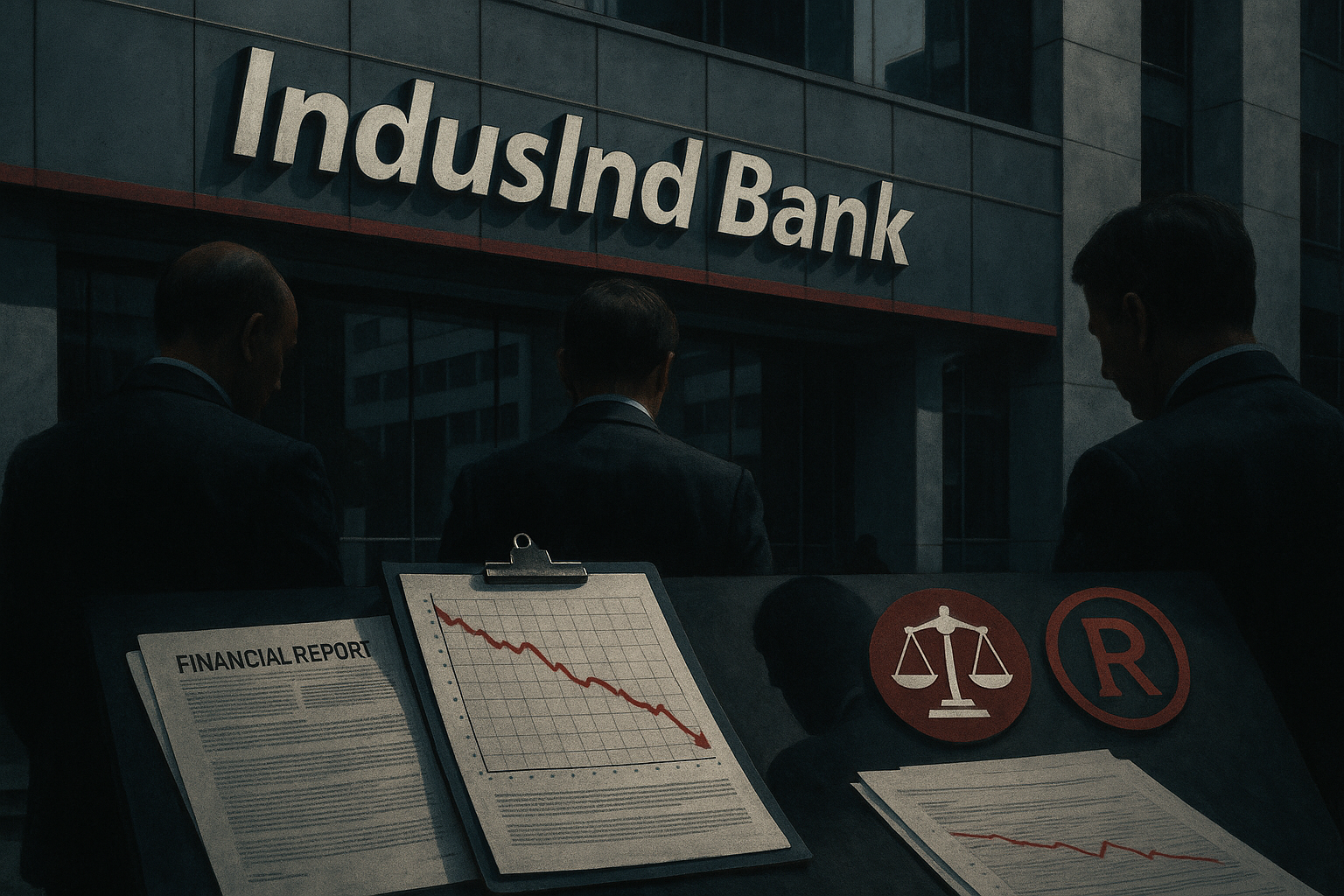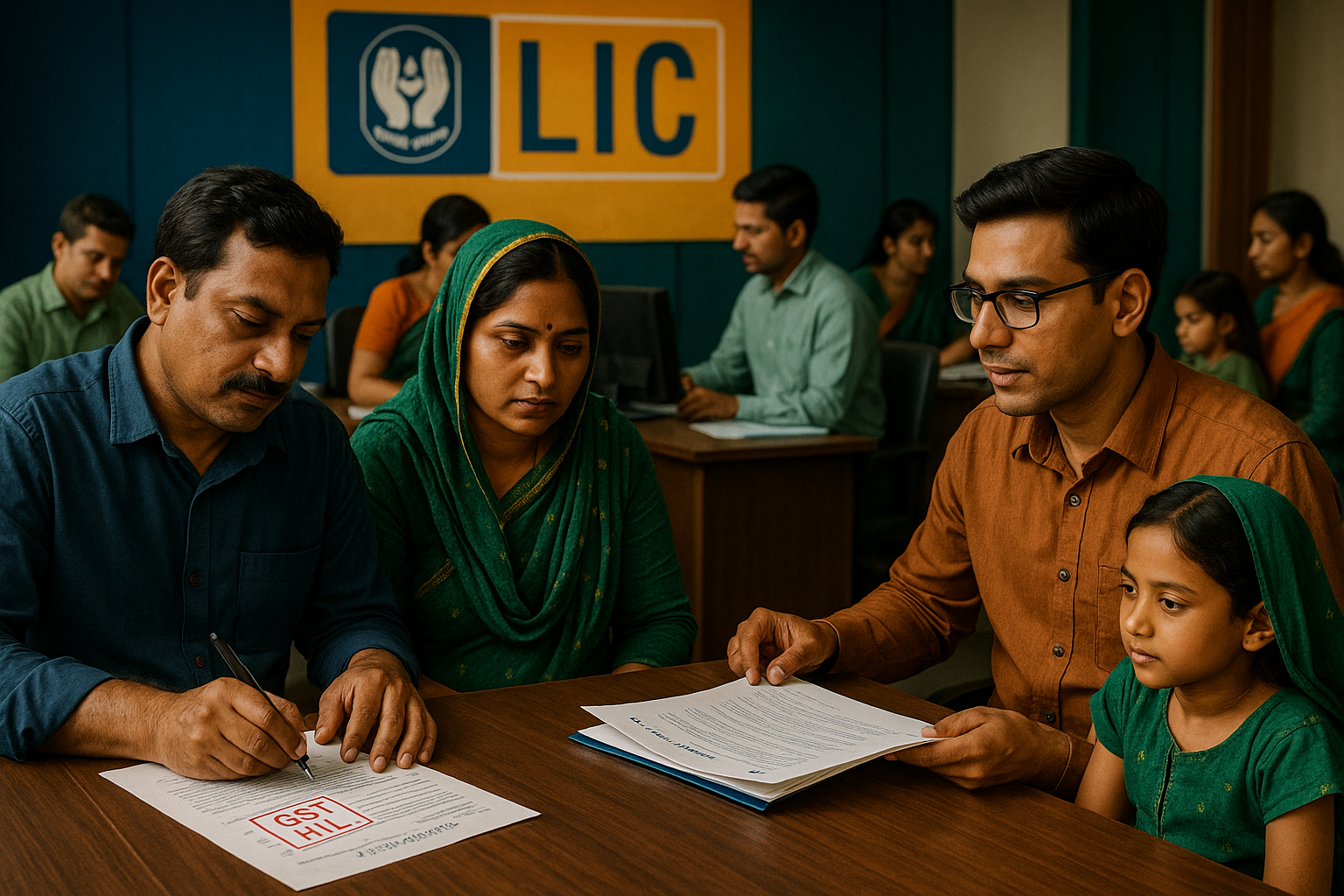Non-bank lenders are rapidly expanding their hold on India’s ₹15 lakh crore personal loan market, even as banks tread cautiously. Data from CRIF and Nomura shows NBFCs’ share in new loan originations rose to 41% by value and 92% by volume in June 2025, up sharply from two years ago. With fintech-led NBFCs aggressively offering small-ticket, high-yielding loans, banks are focusing on larger-ticket lending, reshaping the balance of consumer credit.
Core Development
-
NBFCs’ value share in new personal loans surged to 41% (from 27% in 2023).
-
Their volume share jumped to 92% (from 82%).
-
Bank shares fell to 28% each for state-run and private banks, from 34% earlier.
NBFCs are gaining traction in consumer durables, weddings, vacations, and emergency financing, areas where banks have scaled back due to rising credit cost concerns.
Key Drivers / Issues
-
Higher funding costs have pushed NBFCs into high-yield segments like small-ticket personal and consumer durable loans.
-
Flexibility in lending criteria attracts borrowers excluded by banks.
-
Banks are consolidating in large-ticket personal loans, preserving risk-adjusted returns.
-
Interest rate spreads: HDFC Bank (10–24%), ICICI (10.6–16.5%), Axis (10–21%) vs NBFCs like Bajaj Finance (10–31%) and Tata Capital (11.5–30%).
Stakeholder Impact
For borrowers, NBFCs provide easier access to quick, small-ticket loans but often at higher interest rates. Banks remain competitive for larger loans with lower risk profiles. Investors see NBFCs gaining profitability from consumer lending but facing higher risk exposure. For the RBI, the shift underscores the need for vigilant oversight on unsecured credit growth.
Industry & Policy Reactions
-
Prakash Agarwal (Gefion Capital): NBFCs are filling the gap left by banks in high-yield segments.
-
Ajit Kumar (JM Financial): NBFCs are gaining share in small-ticket personal and consumer durable loans, while private banks’ disbursements fell 28% YoY.
Challenges Ahead
-
Rising asset quality risks in unsecured small-ticket lending.
-
NBFCs’ PAR (31–90 days overdue) rose to 2.1% in June 2025, slightly higher than 2023.
-
State-run banks’ PAR reached 2.2%, while private banks maintained stronger asset quality at 1%.
-
Regulatory scrutiny over aggressive NBFC lending practices.
Strategic Outlook
NBFCs will continue dominating the small-ticket personal loan market, powered by fintech innovation and digital underwriting. Banks will likely retain strength in premium, large-ticket segments. The dual-track strategy could deepen financial inclusion but raises concerns over systemic risk in unsecured retail lending.
Why This Matters
The shift signals a structural realignment in India’s retail credit market, with NBFCs emerging as leaders in consumer-focused lending. Policymakers must balance growth in credit access with oversight on credit quality.

